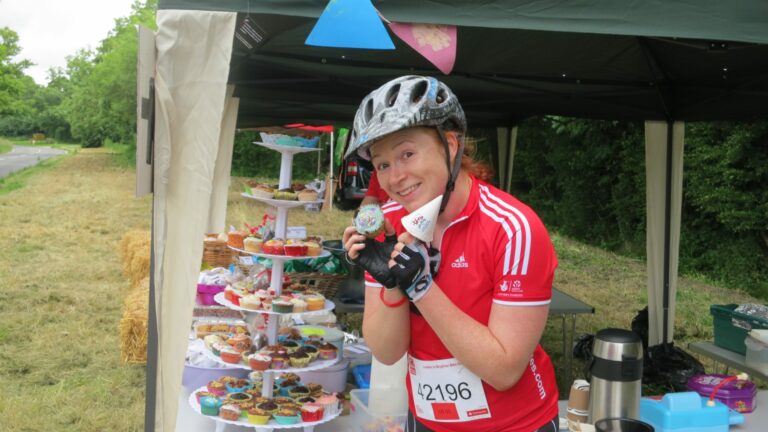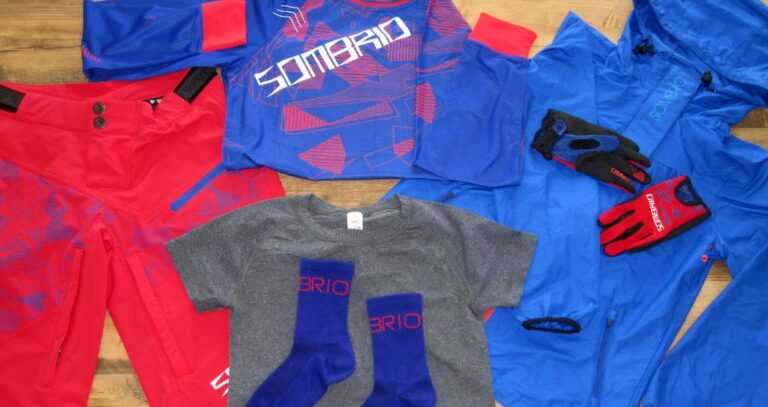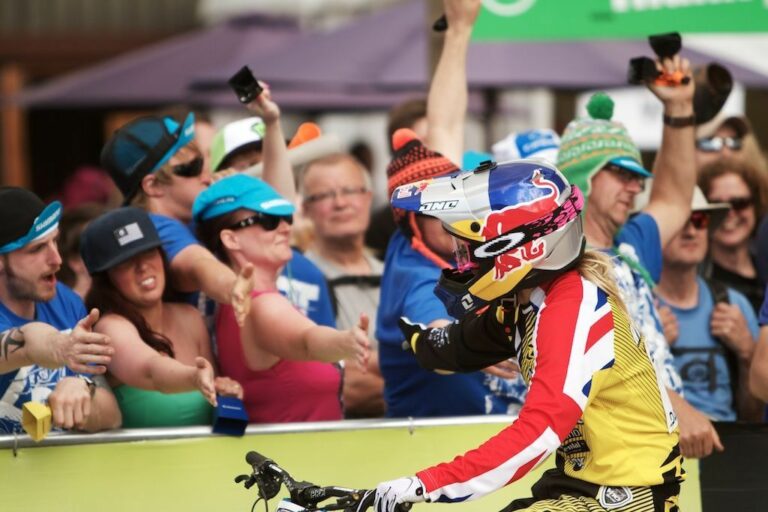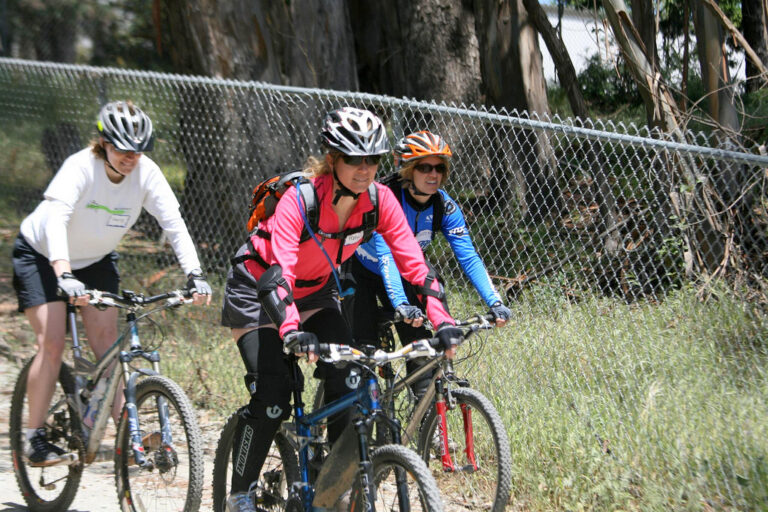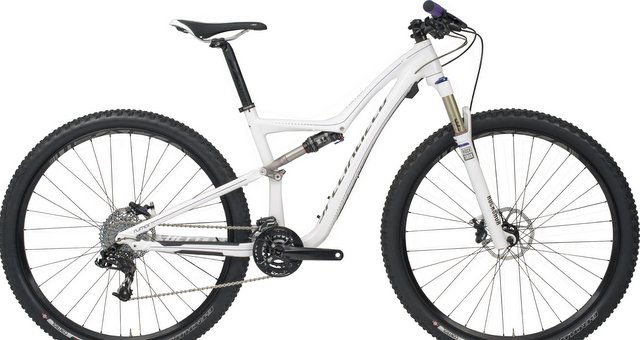
Your guide to training off the bike!
Lucy Fry is a London-based Personal Trainer and Freelance Journalist. Every month, she’ll be talking you through a different resistance training exercise, to help improve your performance on the bike.
Last month saw Lucy guide us through the deadlift, now she’s back with the front plank!
Giving you the lowdown on what it is, how to do it, how it will help you on your bike and how to make it fit in with your life.
Cyclestrong #2
INTRODUCING THE FRONT PLANK
What it is
The plank is a bodyweight exercise that works the muscles deep in your core. That’s the entire region between mid thighs to mid back. It’s an isometric exercise, which means you’re working muscles without actually contracting or extending any. It’s great for back health because it strengthens those muscles that keep you upright.
Need a little inspiration? A new plank-hold World Record was set April 20th 2013, at 3 hours, 17 minutes and 15 seconds. Don’t panic, you don’t need to do anything near that, you can benefit from as little as a minute, three times a week. It’s a lovely finisher, performed at the end of a workout, or for us cyclists when you get in from a ride.
Why cyclists need a little plank in their lives:
Simple: cyclists need a strong core to keep good posture during riding; the plank works the muscles that make that possible!
How to: Front plank
Lying on your front, place your elbows on the floor (at 90 degrees) underneath your shoulders. With your feet together and legs straight, push yourself up until you’re parallel with the floor. Switch on the glutes and don’t let the back cave in.
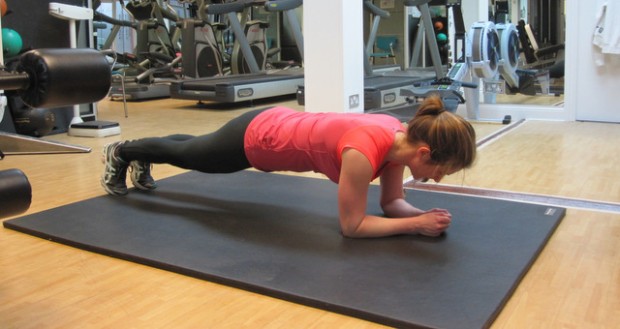
How many times and for how long?
This entirely depends on your ability. Basically you should hold the plank until you feel your back caving in (meaning your core muscles are starting to fail), at which point you should stop, take a break and reset before trying again. Work up to three sets of a minute (with a minute’s rest inbetween each) and then challenge yourself with a tougher variation which forces you to stay strong whilst destabilized.
Variations (easier and harder):
Kneeling plank: For those who can’t yet manage a full front plank: perform the same exercise on the knees, ensuring the back remains straight with elbows under shoulders.
Dolphin plank: Great for those who are still working up to a basic plank or want to work the shoulders a bit more: lift your bottom upwards, moving your body into a V-shape whilst keeping elbows under shoulders on the floor.
Leg raises: To take things up a notch. Try raising one leg off the floor, holding for five seconds and then switching legs. Make sure you keep a straight back all the time. Work up to repeating 3-4 times each side.
Swiss ball plank: Place elbows on a swiss ball (instead of the floor), hold everything still and then slowly move your elbows forward and back, just a couple of inches. Try this ten times. Take a rest, and go again.
What it works
The plank works the abdominals (upper and lower) and erector spinae. Your glutes and shoulder muscles get a good look-in too.
Why it’s good for life
Yes, cyclists may put extra pressure on their back, particularly during long rides, but most of us tend to slouch when tired, so all of us could benefit from the plank, which encourages good posture, strengthening all the muscles that keep you upright. It’s better for the average person than sit-ups because many of us are already round-shouldered and basic crunches merely encourage more of that. It also trains the mental muscle as those last few seconds are usually about mind-over-matter.
At home?
This is probably one of the easiest exercises to do at home. All you need is a space on the floor the size of your body! Carpet or an exercise mat are better than very hard surfaces, like tiles or patio, which can be sore on the elbows.
Lucy’s top tip
Don’t forget to switch on your glutes and thigh muscles; they’re part of your core too and will help the abdominals out!

